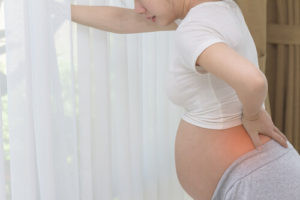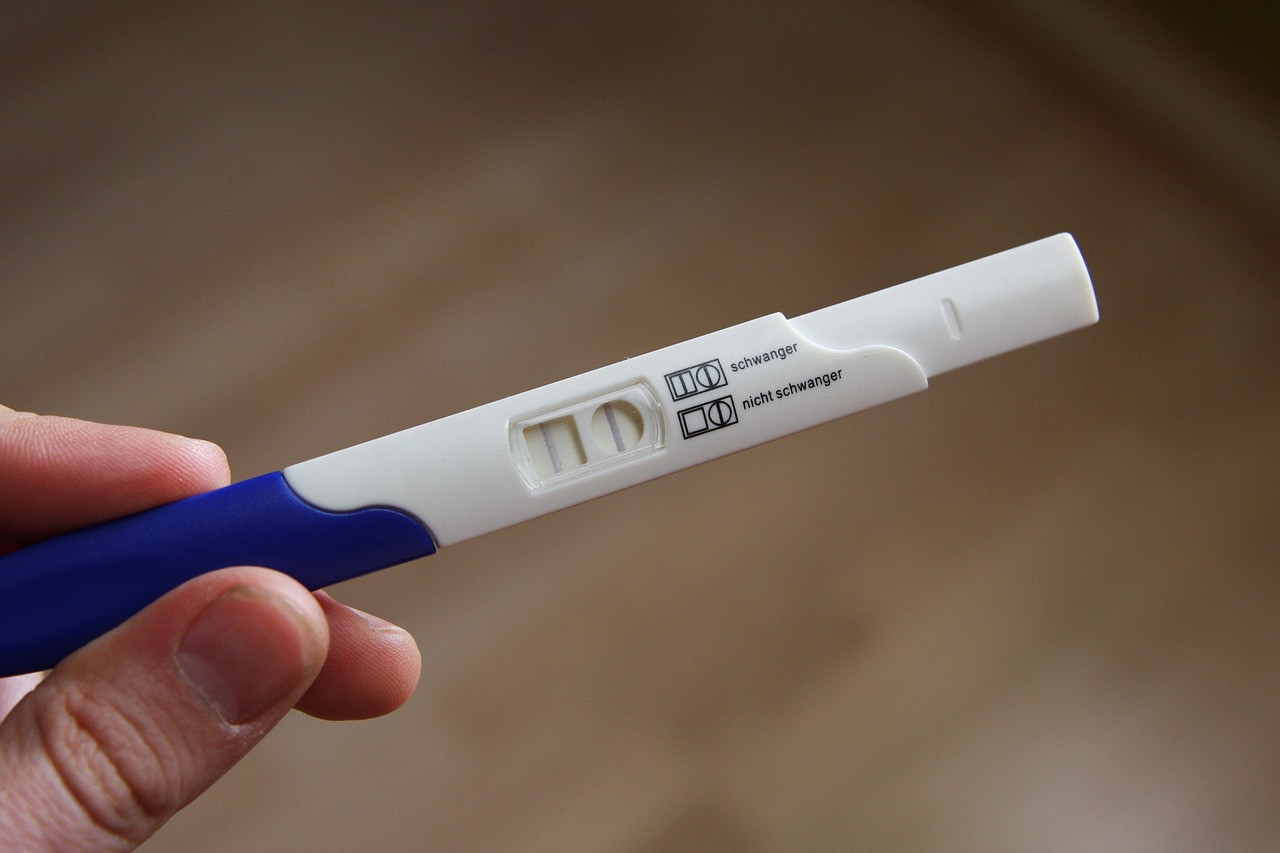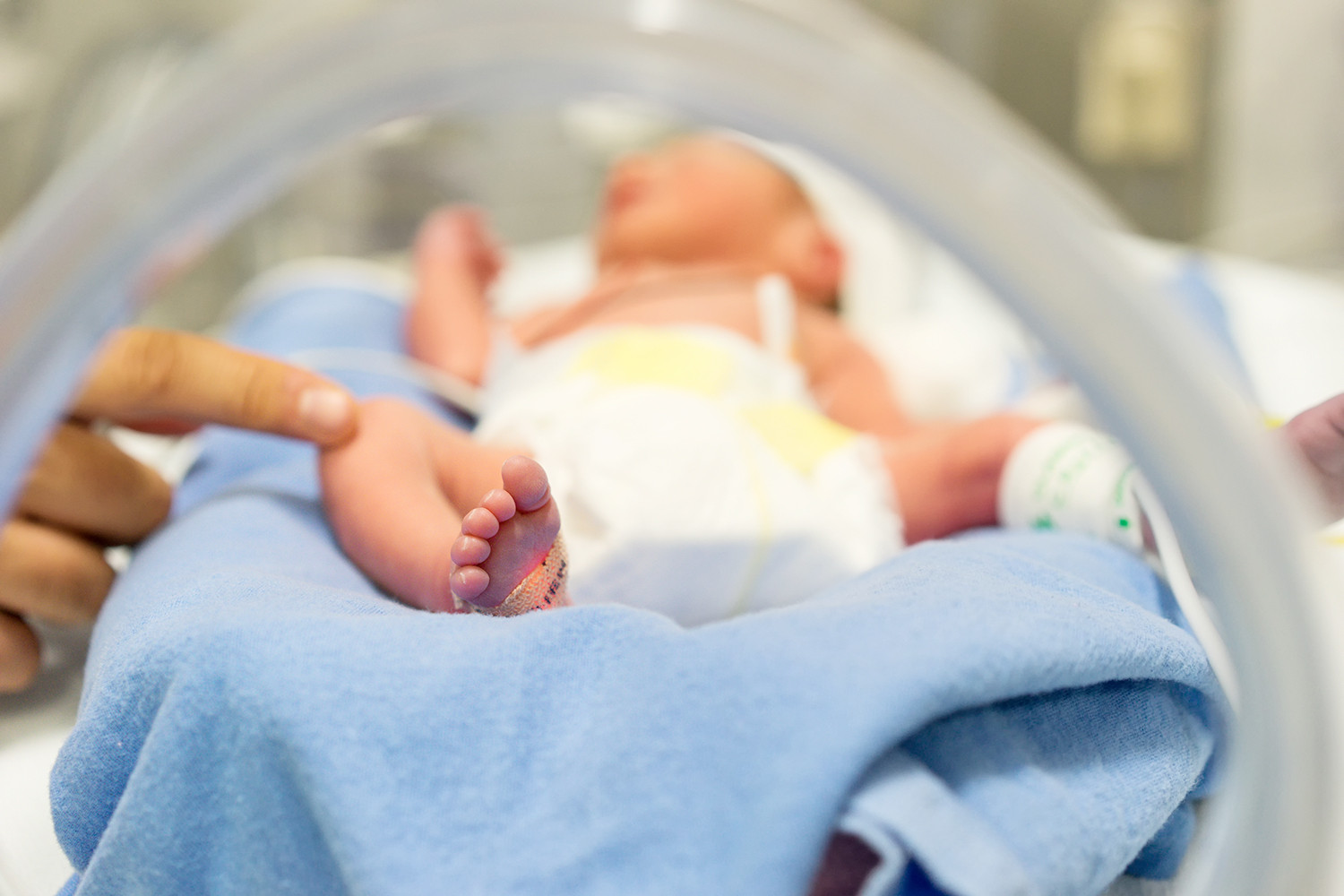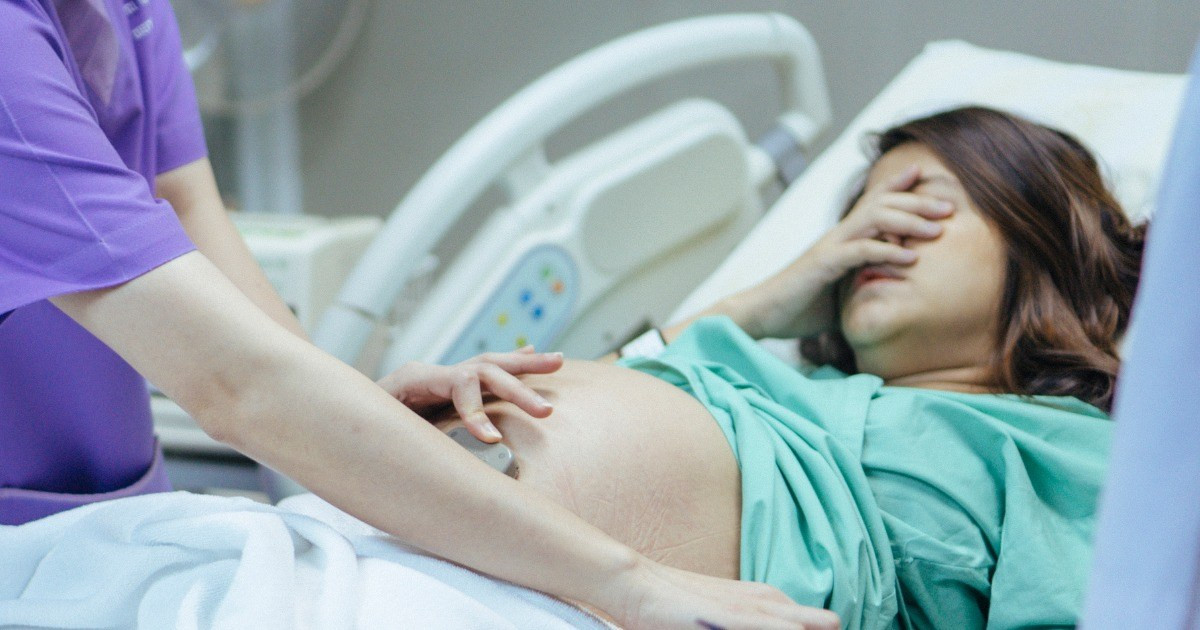Definition
Uterine rupture is a condition where a spontaneous tear occurs in the uterus, resulting in the fetus exiting into the abdominal cavity. Uterine rupture is rare, occurring in less than 1% of all pregnant women.
The uterine wall consists of three layers: the epithelial cell layer on the uterine surface, the muscle layer, and the connective tissue layer. Normally, during pregnancy, the uterus can expand and stretch according to the baby's growth. However, in some cases, the uterus can tear due to excessive stretching and pressure from the growing baby.
Uterine rupture often occurs in women who have previously undergone a cesarean section. The risk of uterine rupture increases with each cesarean section. During a cesarean section, the uterus is opened to deliver the baby, and the incision is then stitched and heals into scar tissue. Uterine rupture often occurs at the incision site, where the scar tissue weakens the uterine wall.
A tear in the uterus can cause severe bleeding and lead to shock, where the body's organs do not receive adequate blood and oxygen supply. Uterine rupture can result in severe pain and mortality for both the mother and baby.
If you are interested in knowing more about shock, you can read it here: Shock (Shock) - Definition, Cause and Risk Factor.
Causes
Uterine rupture can occur not only in pregnant women but also in non-pregnant women. In non-pregnant women, uterine tears are usually caused by trauma, infection, and inflammation. Some causes of uterine rupture include:
- Excessive uterine stretching during pregnancy, which can damage the uterine wall due to:
- The growing size of the fetus
- Multiple pregnancies (twins)
- Excessive uterine contractions, causing damage and tearing of the uterus
- Frequent pregnancies or having many children, which can reduce uterine function
- Previous surgeries involving organ removal
- Injury from falls or accidents
- Genetic diseases related to weakened uterine walls
- Difficult labor requiring efforts to induce uterine contractions
- History of cesarean section
Risk Factor
Risk factors for uterine rupture increase in women with the following conditions:
- Previous cesarean section deliveries
- Abdominal trauma or injury
- Undergoing uterine surgery
- Genetic disorders and congenital abnormalities in uterine connective tissue
- Multiple pregnancies (twins)
- More than 3 or 4 pregnancies
- Health issues during pregnancy such as polyhydramnios (excess amniotic fluid)
- Older maternal age
Symptoms
Symptoms of uterine rupture vary, but some signs indicate its occurrence, including:
- Severe and excessive vaginal bleeding
- Sudden, severe pain during contractions
- Sudden weakening of uterine contractions
- Abnormal severe abdominal pain
- Fetal distress indicated by a weak heartbeat (bradycardia)
- Increased maternal heart rate and low blood pressure
- Labor that does not progress spontaneously
Diagnosis
Uterine rupture typically occurs suddenly and is difficult to diagnose due to nonspecific symptoms.
Vital Signs Examination
First, the doctor will observe the symptoms and signs in both the mother and fetus. A physical examination will be conducted to assess the mother's condition. Bleeding can disrupt blood flow to organs, so the doctor will check the pulse and blood pressure initially.
The doctor will also measure the fetal heart rate. Uterine rupture may result in a decreased fetal heart rate. In severe cases, the mother may also experience low blood pressure.
Physical Examination
The doctor will physically examine the mother's abdomen to assess the uterus and check if the fetus's head or body has entered the abdominal cavity. The examination may reveal a tense abdomen, pain, and weakened uterine contractions.
An internal vaginal examination will be performed. Vaginal bleeding may be detected, though the blood volume may be inadequate if it gets away into the abdominal cavity. The fetus's movement may not be detected due to parts of the fetus are located in the abdominal cavity.
Additional Tests
Additional tests, such as ultrasound (USG), may be needed to support the diagnosis of uterine rupture. Ultrasound can directly visualize the torn part of the uterus, the fetus's condition, and any bleeding in the abdominal cavity.
Management
Uterine rupture is an emergency condition for both the mother and fetus. Therefore, immediate and rapid treatment is necessary to reduce morbidity and mortality rates.
The goal of uterine rupture treatment is to preserve both the mother and the fetus. Immediate delivery is required to rescue the fetus from stress, oxygen deficiency, and potential death. Delivery can be performed via cesarean section.
Maternal bleeding can be managed with fluids and blood transfusions if necessary. The mother will receive fluids through an intravenous line to replace the lost fluids and prevent shock.
A laparotomy (abdominal surgery) may be performed to locate and stop the uterine bleeding. Subsequent actions depend on the severity of the tear and the patient's condition. If the patient is unstable or the uterine injury is significant, a hysterectomy (removal of the uterus) may be performed to prevent life-threatening blood loss.
Complications
Untreated or improperly managed uterine rupture can lead to severe complications for both the mother and fetus.
Maternal complications include:
- Prolonged severe blood loss
- Shock, where the body does not receive adequate blood flow
- Coagulopathy (blood clotting disorders)
- Hysterectomy (uterus removal)
- Damage and trauma to the urinary tract
- Maternal death
Meanwhile, fetal complications include:
- Hypoxia (oxygen deficiency)
- Seizures
- Brain hemorrhage
- Brain tissue death
- Fetal death
The severity of complications depends on the location and size of the tear and the speed of surgical intervention. Tears on the uterine sides are more likely to cause complications due to the many blood vessels in that area of the uterus.
Prevention
If you are a pregnant woman at risk of uterine rupture, your doctor will recommend a cesarean section to prevent uterine rupture. Vaginal delivery involves uterine contractions that can trigger a tear.
While uterine rupture cannot be entirely prevented, the risk can be reduced by performing cesarean sections in high-risk groups.
When to See a Doctor?
If you experience severe abdominal pain, notice decreased fetal movement, or experience vaginal bleeding, seek immediate medical attention at the emergency room (ER) for immediate treatment.
Looking for more information about other diseases? Click here!
- dr Hanifa Rahma
Togioka BM, Tonismae T. Uterine Rupture – StatPearls. (2022). Retrieved 5 November 2022, from https://www.ncbi.nlm.nih.gov/books/NBK559209/.
Erica C. Prgenancy Complications: Uterine Rupture – Healthline. (2022). Retrieved 5 November 2022, from https://www.healthline.com/health/pregnancy/complications-uterine-rupture.
Molden Houe. Uterine Rupture – MSDManual. (2022). Retrieved 5 November 2022, from https://www.msdmanuals.com/professional/gynecology-and-obstetrics/abnormalities-and-complications-of-labor-and-delivery/uterine-rupture.
Ratini M. What Is Uterine Rupture? – WebMD. (2022). Retrieved 5 November 2022, from https://www.webmd.com/baby/what-is-uterine-rupture.
Uterine Rupture – MSF Medical Guidelines. (2022). Retrieved 5 November 2022, from https://medicalguidelines.msf.org/en/viewport/ONC/english/3-3-uterine-rupture-51416296.html.
Ruptured Uterus – Birth Injury Help Center. (2022). Retrieved 5 November 2022, from https://www.birthinjuryhelpcenter.org/uterine-rupture.html.











